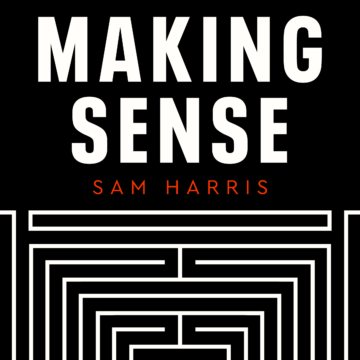At a school in Nashville on Monday, a shooter used two AR-style weapons and a handgun to kill three children and three adults. Today on “Post Reports,” we look at the history of the AR-15 and how it became America’s gun.
Read more:
The AR-15 wasn’t supposed to be a bestseller.
The rugged, powerful weapon was originally designed as a military rifle in the late 1950s. “An outstanding weapon with phenomenal lethality,” an internal Pentagon report raved. It soon became standard issue for U.S. troops in the Vietnam War, where the weapon earned a new name: the M16.
Few gunmakers saw a semiautomatic version of the rifle — with its shrouded barrel, pistol grip and jutting ammunition magazine — as a product for ordinary people. It didn’t seem suited for hunting. It seemed like overkill for home defense. Gun executives doubted many buyers would want to spend their money on one.
And yet, today, the AR-15 is the best-selling rifle in the United States, industry figures indicate. About 1 in 20 U.S. adults — or roughly 16 million people — own at least one AR-15, according to polling data from The Washington Post and Ipsos.
So, how did we get here? The Post’s Todd Frankel explains.
What damage can an AR-15 do to a human body? The Post examined autopsy and postmortem reports from nearly a hundred victims of previous mass shootings that involved AR-15-style rifles to show the impact of bullets from an AR-15 on the body.
High-capacity-magazine bans could save lives. Will they hold up in court? Legislative and legal battles flare over restrictions that experts say could reduce casualties in AR-15 attacks.









